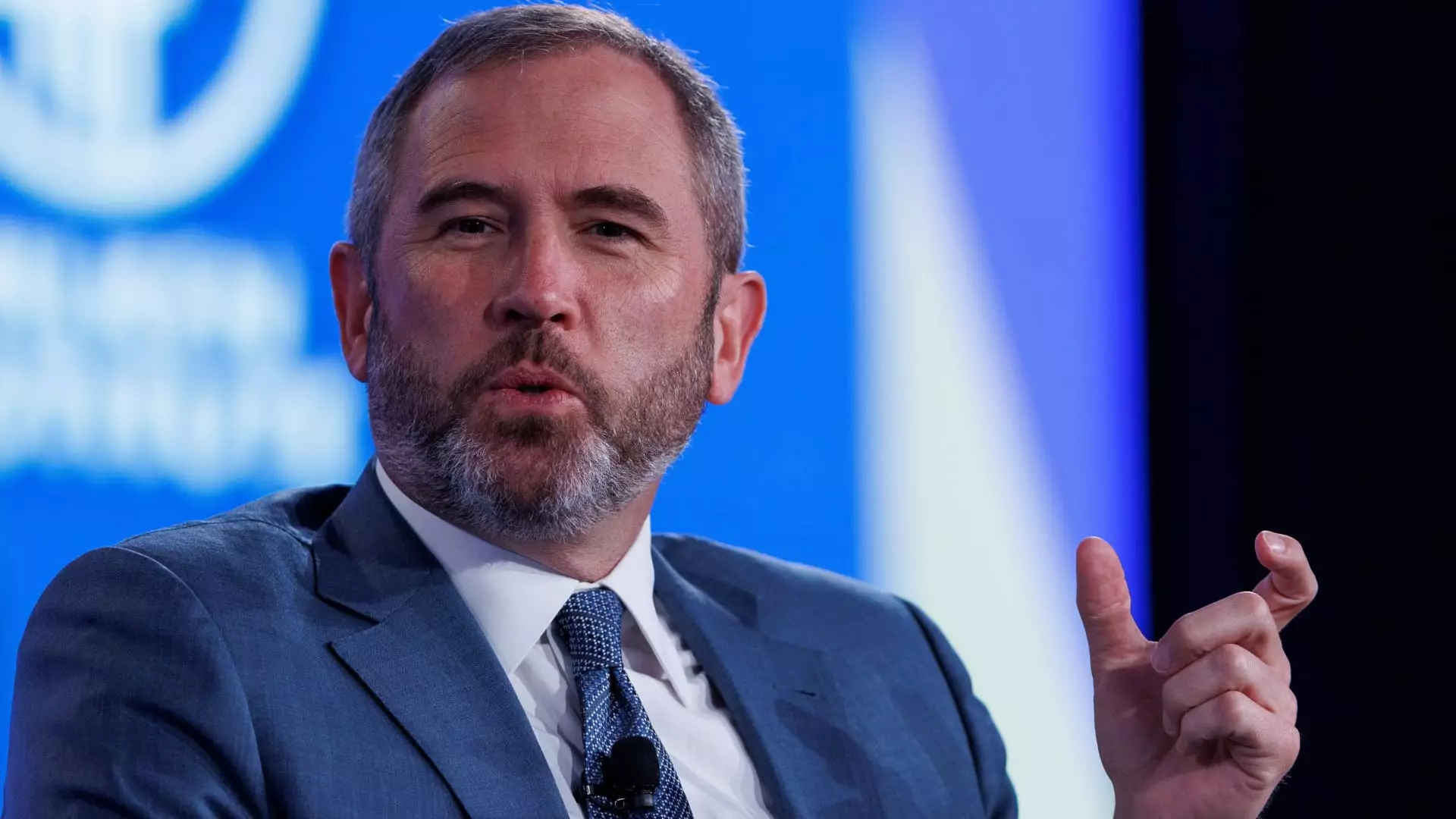In a watershed moment for the cryptocurrency landscape, Ripple Labs has emerged victorious in its lengthy and contentious legal battle against the U.S. Securities and Exchange Commission (SEC). The SEC’s decision to drop the lawsuit, which had been lodged against Ripple four years ago for allegedly conducting an unregistered securities offering through its XRP token, marks a pivotal shift in regulatory attitudes toward cryptocurrencies. This lawsuit not only framed Ripple’s narrative but also set the tone for future interactions between the SEC and other crypto entities across the globe.
Much of the backdrop to this lawsuit can be traced back to the tenure of former SEC Chair Jay Clayton, under whose leadership the crypto industry often felt the sting of a regulatory hammer. The SEC claimed that Ripple had raised $1.3 billion through the sale of XRP without fulfilling necessary registration requirements. Throughout its journey, Ripple has managed to galvanize the broader crypto community, positioning itself as a beacon of resilience against what many perceived as an overreaching regulatory regime.
A Turning Point for Ripple and the Crypto Community
Ripple’s success—however momentous it may appear—is not merely about one company overcoming a legal challenge; it signifies a dramatic turning point for the entire cryptocurrency sector. The ruling by a federal judge in July 2023 that XRP is “not necessarily a security on its face” was instrumental in shaping the eventual outcome of the case, essentially undercutting the SEC’s power. This landmark decision, viewed by Ripple’s Chief Legal Officer Stuart Alderoty as a victory in the ongoing “fight against the SEC’s plans to destroy crypto in the U.S.,” sends ripples—quite literally—through the entire crypto ecosystem.
Ripple’s tenacious battle involved significant financial expenditure, reportedly costing the company around $150 million. That amount reflects not only the costs associated with legal battles but also the heart and soul that went into remaining in operation amid uncertainty. Ripple has not only built its legal strategy around compliance and vigorous defense; it has managed to unify its corporate objectives with broader industry goals.
The implications of Ripple’s victory extend beyond just legal victories. The crypto market responded immediately to the news; XRP saw an 11% rally following the announcement. Such a reaction signals a renewed investor confidence, which many thought had dwindled under prolonged scrutiny and investigations from various regulatory bodies. Ripple’s victory shifting market sentiments is a testament to the symbiotic relationship between regulatory clarity and crypto asset performance.
A New Era of Regulatory Engagement
With the SEC rebuking its prosecutorial stance, there appears to be a deliberate pivot towards regulatory engagement rather than confrontation. Hester Peirce, a prominent SEC Commissioner and advocate for a more friendly regulatory stance, is taking the lead in creating frameworks that align law with the revolutionary nature of blockchain technologies. The establishment of the SEC’s new Crypto Task Force suggests an era where regulations are developed openly, allowing greater space for innovation rather than stifling it.
This change in tactics by the SEC is already paying dividends. The agency’s withdrawal from lawsuits against exchanges such as Coinbase and Kraken signals a thawing relationship between regulators and the crypto economy. It opens the door to a collaborative environment that is crucial for shaping a future where digital assets can thrive alongside traditional financial infrastructures.
In a considerable change of course, the SEC also rescinded Staff Accounting Bulletin 121, a rule that many viewed as a blockade to institutional investment in cryptocurrencies. By altering these guidelines, the SEC not only clears the way for clearer accounting treatment of crypto assets but also signals openness to adapting regulations in accordance with market evolution.
Beyond Legal Maneuvering: The Political Landscape
The ripple effects of Ripple’s victory extend into the political arena as well. As funds poured from the crypto sector into political campaigns, most notably those aligned with Donald Trump, the financial and political spheres are becoming increasingly intertwined. Trump’s promise to turn the U.S. into the “crypto capital of the planet” further illustrates how investments and regulatory frameworks can influence policy. The unity of crypto firms during Trump’s campaign underscores the symbiotic relationship that exists, where favorable legislation can significantly drive market dynamics and trust.
David Sacks, in his role as the White House’s AI and crypto czar, is another piece of evidence reflecting how the tides of power are changing, bringing hope to many in the crypto industry that a more favorable regulatory climate is on the horizon. As leaders from major financial institutions like Goldman Sachs and Bank of America signal optimism towards a collaborative future with crypto, the potential for revitalized investment and innovation becomes a reality.
Ripple’s win represents not just a legal victory; it sends a powerful signal of resilience, determination, and the assertion of rights in an emerging digital economy. As Ripple takes its victory lap, the more significant narrative unfolds—a narrative of evolving regulatory landscapes and the effective partnership of innovation and governance.


Leave a Reply